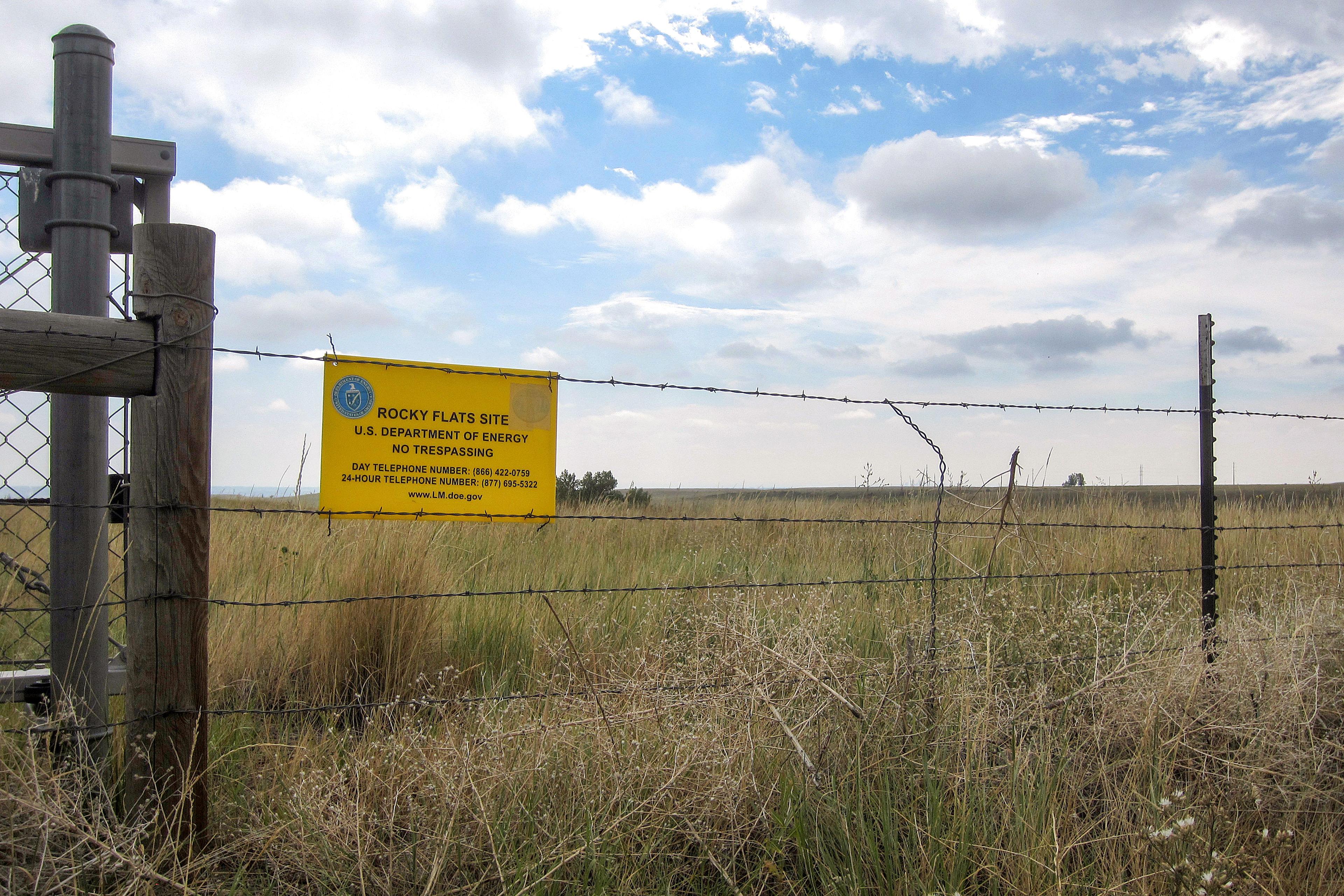

A federal judge on Thursday rejected a request to bar the public from a Colorado wildlife refuge that was once part of a nuclear weapons plant.
Environmentalists and community activists had asked the judge to issue a preliminary injunction that would prohibit opening Rocky Flats National Wildlife Refuge northwest of Denver while the courts hear their lawsuit claiming the government did not study public safety closely enough.
The lawsuit, filed by environmental and community activists, is pending.
U.S. District Judge Philip A. Brimmer said the activists had not shown that radioactive exposure at the site was bad enough to cause them irreparable harm, so they had not met the judicial standard for an injunction.
He noted that both the Colorado health department and the U.S. Environmental Protection Agency determined the refuge presents "an extremely small" increased risk for cancer but was safe for unlimited use by workers and visitors.
Brimmer did not rule on the merits of the lawsuit itself. Randall Weiner, a lawyer for the activists, plans to file his written opening arguments next week.
"We are extremely optimistic that the judge will ultimately rule in our favor that the (U.S. Fish and Wildlife Service) has violated environmental laws by prematurely opening up the refuge to unlimited public access," Weiner said Thursday.
The Fish and Wildlife Service said it has confidence in the state and federal findings that the refuge is safe.
Rocky Flats was the site of a government plant that manufactured plutonium triggers for nuclear bombs from 1952 to 1989. It was shut down after investigators said it had mishandled plutonium.
It sits on a windy plateau about 16 miles northwest of downtown Denver.

The area where plutonium was processed underwent a $7 billion cleanup but remains closed to the public. The site's buffer zone — about 8 square miles surrounding the manufacturing site — was turned into a refuge and turned over to the Fish and Wildlife Service.
The refuge is an expanse of grassy hills and wetlands, home to elk, deer, songbirds, raptors and the Preble's meadow jumping mouse, a threatened species under the Endangered Species Act.
Currently, the refuge is open only to guided hikes of small groups. Fish and Wildlife Service spokesman Michael D'Agostino said Thursday the agency plans to open parts of the refuge to the public this fall.
Opponents say hikers, cyclists and horses could stir up plutonium particles in dust, where they could inhale it or inadvertently carry it offsite.
At a hearing last month, Harvey Nichols, a retired University of Colorado professor, testified that when he analyzed the buffer zone in the 1970s, some areas had plutonium particles in concentrations up to 100 billion per acre.
Under cross-examination by Justice Department attorney Jessica Held, Nichols acknowledged he has not gone back to study the site since the EPA declared it safe in 2007. Nichols said he wanted to but was unable to get funding.









